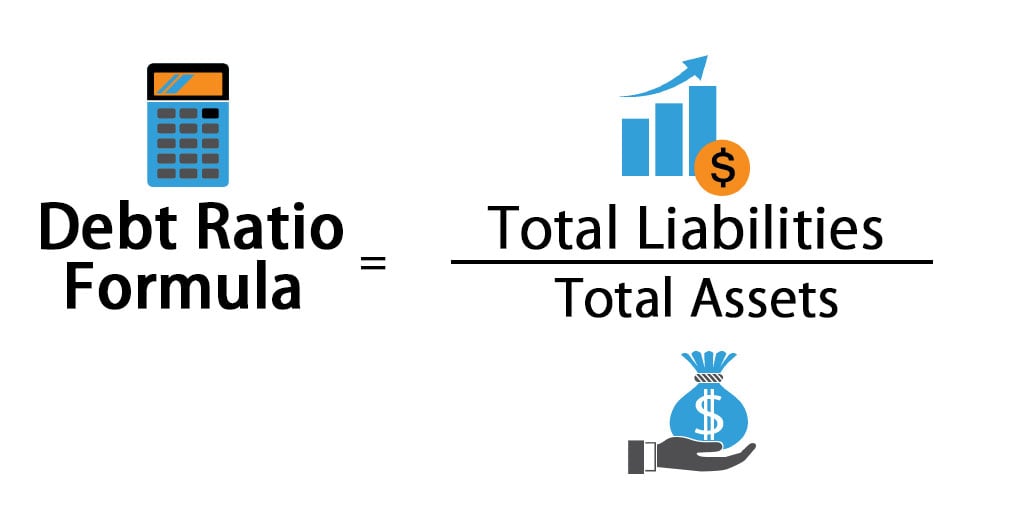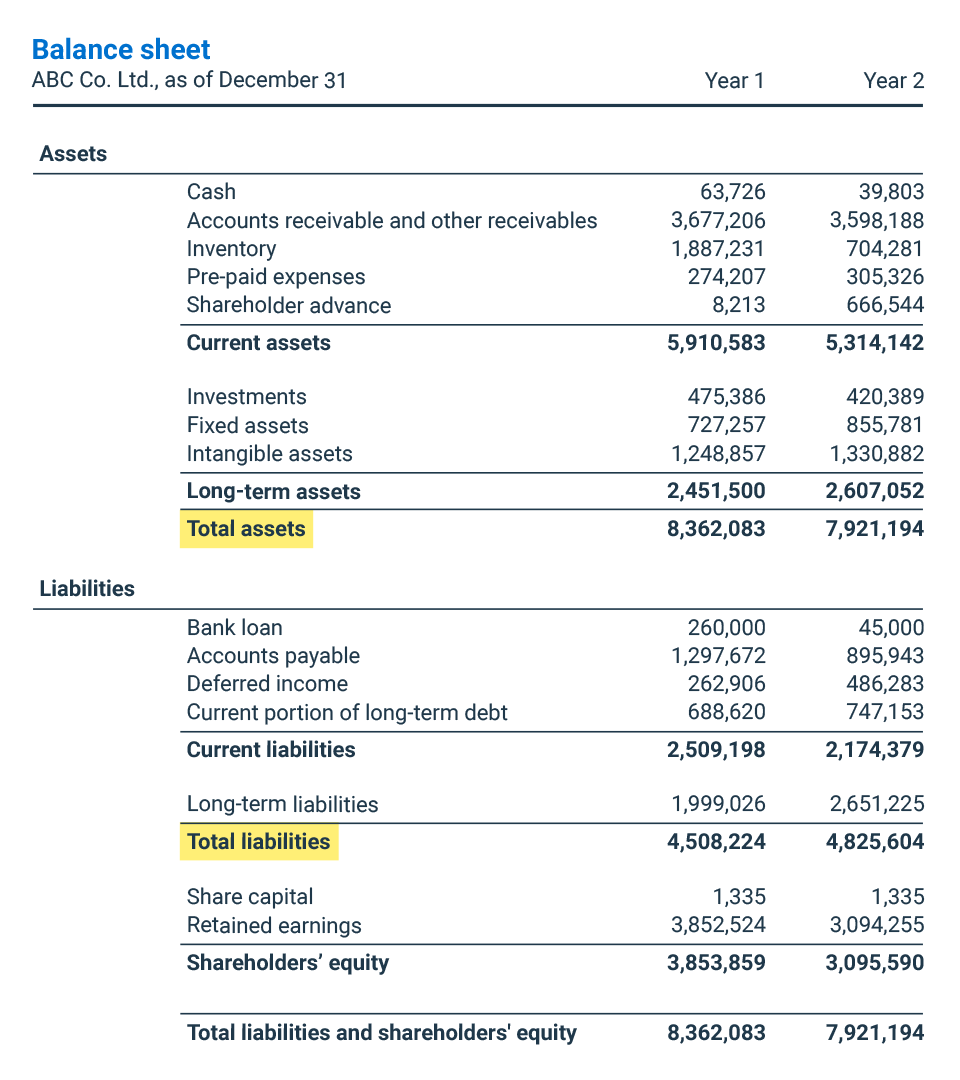Understanding and Calculating the Debt-to-Equity Ratio: A Guide

Once you have the balance sheet, locate the liabilities section and sum all listed liabilities to find the total liabilities. Investors often scrutinize the Debt to Equity ratio before making investment decisions. A company with a high ratio might be seen as risky, whereas one with a lower ratio could be viewed as more stable.
- Generally speaking, a D/E ratio below 1 would be seen as relatively safe, whereas values of 2 or higher might be considered risky.
- A D/E ratio of 1.5 would indicate that the company in question has $1.50 of debt for every $1 of equity.
- A high Debt to Equity ratio can lead to increased interest expenses and financial instability.
- Understanding the average Debt to Equity ratio in your industry helps contextualize your company’s financial standing.
- When interpreting the D/E ratio, you always need to put it in context by examining the ratios of competitors and assessing a company’s cash flow trends.
Cheaper Than Equity Financing
Whether the ratio is high or low is not the bottom line of whether one should invest in a company. A deeper dive into a company’s financial structure can paint a fuller picture. If earnings don’t outpace the debt’s cost, then shareholders may lose and stock prices may fall. As a measure of leverage, debt-to-equity can show how aggressively a company is using debt to fund its growth.

InvestingPro: Access Debt to Equity Ratio Data Instantly
Companies in the consumer staples sector tend to have high D/E ratios for similar reasons. These balance sheet categories may include items that would not normally be considered debt or equity in the traditional sense of a loan or an asset. Because the ratio can be distorted by retained earnings or losses, intangible assets, and pension plan adjustments, further research is usually needed to understand to what extent a company relies on debt. This ratio indicates the relative proportions of capital contribution by creditors and shareholders. On one hand, leveraging (using debt) can magnify a company’s return on equity and be a sign of an aggressive growth strategy.
How confident are you in your long term financial plan?
A company with a D/E ratio that exceeds its industry average might be unappealing to lenders or investors turned off by the risk. As well, companies with D/E ratios lower than their industry average might be seen as favorable to lenders and investors. This number can tell you a lot about a company’s financial health and how it’s managing its money. Whether you’re an investor deciding where to put your money or a business owner trying to improve your operations, this number is crucial. Each industry has different debt to equity ratio benchmarks, as some industries tend to use more debt financing than others.
This ratio compares a company’s equity to its assets, showing how much of the company’s assets are funded by equity. The debt-to-equity ratio belongs to a family of ratios that investors can use to help them evaluate companies. A debt-to-equity-ratio that’s high compared to others in a company’s given industry may indicate that that company is overleveraged and in a precarious position. When using the D/E ratio, it is very important to consider the industry in which the company operates. Because different industries have different capital needs and growth rates, a D/E ratio value that’s common in one industry might be a red flag in another.
When used to calculate a company’s financial leverage, the debt usually includes only the Long Term Debt (LTD). The composition of equity and debt and its influence on the value of the firm is much debated and also described in the Modigliani–Miller theorem. The concept of a “good” D/E ratio is subjective and can vary significantly from one industry to another. Industries that are capital-intensive, such as utilities and manufacturing, often have higher average ratios due to the nature of their operations and the substantial amount of capital required.
As implied by its name, total debt is the combination of both short-term and long-term debt. Assessing whether a D/E ratio is too high or low means viewing it in context, such as comparing to competitors, looking at industry averages, and analyzing cash flow. The D/E ratio indicates how reliant a company is on debt to finance its operations. And, when analyzing a company’s debt, you would also want to consider how mature the debt is as well as cash flow relative to interest payment expenses.
To calculate the D/E Ratio, you will need access to the company’s balance sheet, which provides the necessary information on total liabilities and shareholders’ equity. A stable company typically has sufficient equity to cover its liabilities, ensuring it can withstand financial downturns and remain solvent. It also helps in identifying such companies, as a lower ratio is often indicative of financial stability. Companies with a high D/E ratio can generate more earnings and grow faster than they would without this additional source of funds. However, if the cost of debt interest on financing turns out to be higher than the returns, the situation can become unstable and lead, in extreme cases, to bankruptcy.
The depository industry (banks and lenders) may have high debt-to-equity ratios. Because banks borrow funds to loan money to consumers, financial institutions usually have higher debt-to-equity ratios than other industries. For example, if a company, such as a manufacturer, requires a lot of capital to operate, it may need to take on a lot of debt to finance its operations. The debt-to-equity ratio (D/E) is one of many financial metrics that helps investors determine potential risks when looking to invest in certain stocks. Short-term debt also increases a company’s leverage, of course, but because these liabilities must be paid in a year or less, they aren’t as risky. We can see below that for Q1 2024, ending Dec. 30, 2023, Apple had total liabilities of $279 billion and total shareholders’ equity of $74 billion.
The ratio offers insights into the company’s debt level, indicating whether it uses more debt or equity to run its operations. The debt-to-equity ratio (D/E) compares the total debt balance on a company’s balance sheet to the value of its total shareholders’ equity. The D/E Ratio is a powerful metric, and when used correctly, it can provide invaluable insights into a company’s financial stability and risk profile. Understanding the debt to equity ratio is essential for anyone dealing with finances, whether you’re an investor, a financial analyst, or a business owner. It shines a light on a company’s financial structure, revealing the balance between debt and equity. It’s not just about numbers; it’s about understanding the story behind those numbers.
For instance, a company with $200,000 in cash and marketable securities, and $50,000 in liabilities, has a cash ratio of 4.00. This means that the company can use this cash to pay off its debts or use it for other purposes. The cash ratio provides an estimate of the ability of a company to pay off its short-term debt. For example, asset-heavy industries such as utilities and transportation product quality in operations and supply chains tend to have higher D/E ratios because their business models require more debt to finance their large capital expenditures. Tesla had total liabilities of $30,548,000 and total shareholders’ equity of $30,189,000. This calculation gives you the proportion of how much debt the company is using to finance its business operations compared to how much equity is being used.
